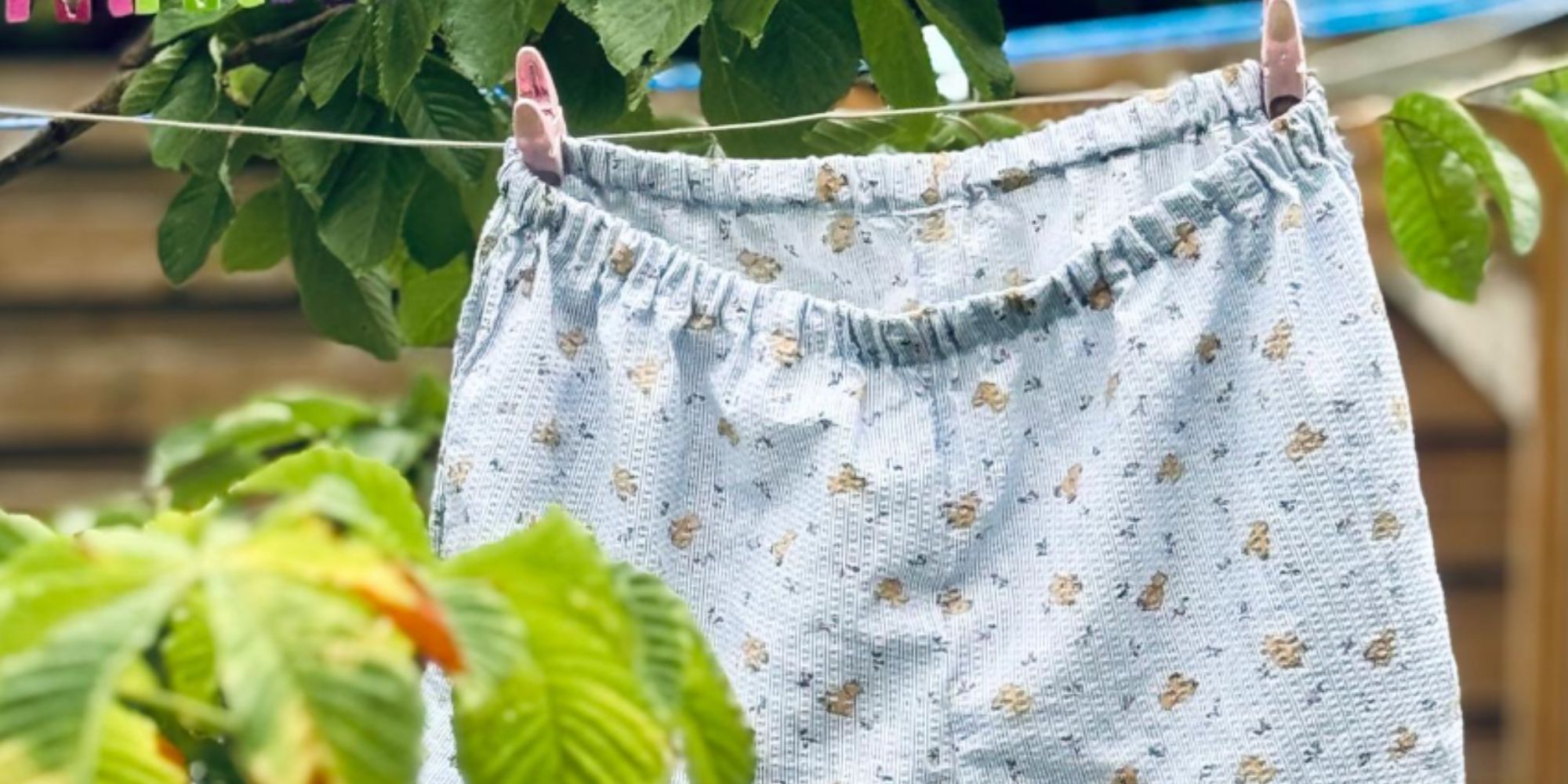Sewing your way to sustainable fashion
It is a universal experience for charity shoppers: you’re in the second shop of the day and, despite some patterns catching your eye, none of the clothes are quite right. They’re just too big, too small, too 2010s. In retaliation to those ever-present videos of influencers parading fast fashion hauls or convincing you to bulk-buy the next micro-trend, trends such as ‘underconsumption core’ are becoming more popular. Underconsumption aims to muffle the noise of fast fashion advertising by slowing down and focusing on what you have, instead of what your explore page says you need. But maybe you are already trying to shop sustainably and struggling to find clothes that fit your style in charity shops? Enter the trusty sewing machine. Learning to sew is both a rewarding hobby and an essential life skill. Mending or upcycling discarded materials ensures that underconsumption is not only a trend, but a sustainable lifestyle choice. Knowing even basic clothing alteration methods can save unwanted garments from landfills, and you get to say “I made it!” in response to compliments.
When you enter a charity shop or a car boot sale with an open mind and sewing skills, you start to see the potential in fabrics you previously would have only glanced at
Learning to sew can not only generate clothing customised to your body type, but it can also help to rebel against the fast fashion industry and overconsumption. Embarrassingly, I used to have little idea about how clothes were made. I remember How It’s Made programmes showing machines neatly packing tinned food for storefronts, and thought that making clothes might be similarly uncomplicated. However, although sewing machines may be mechanised, the hands that use them aren’t. Making a garment yourself is arguably the only way to honestly know the labour involved in making clothes. Yes, fast fashion brands are cheap and convenient, but this convenience comes at a social and environmental cost. Your right to affordable clothing should never overrule another person’s right to a safe workplace. An estimated 2% of fashion workers are paid a living wage. Choosing to make your own sustainably sourced fabric bypasses some of these horrific working rights violations while still making garments that can fit changing bodies or styles.
Adverts tell us that we should be looking for specific items when shopping. My explore page used to be inundated with messaging to “run, don’t walk!” to the next trending item. If I followed the advice of every one of these videos, I would be a trained long-distance runner, but I would also have dozens more wardrobes than I need! This might be where you’re having problems finding second-hand clothing. If you walk into your local charity shop only on the lookout for something specific, you will likely be disappointed. Learning to sew opens up a world of possibilities. I was inspired to start sewing after seeing the amount of fabric that had to be discarded when volunteering in a charity shop. The store rooms can’t keep up with the amount of donated garments, and the quality of fast fashion items means they often have little resale value due to their lack of durability. When you enter a charity shop or a car boot sale with an open mind and sewing skills, you start to see the potential in fabrics you previously would have only glanced at. If I had gone into charity shops only looking for a hyper-specific trend, I would have walked out empty-handed.
In a world where modern efficiency comes at the cost of the underpaid labour of skilled workers, perhaps frustration is important to experience
There are enough clothes already on our planet to clothe the next six to seven generations. If we can clothe enough generations to last the next century, your summer wardrobe doesn’t have to be sourced through fast fashion – it already exists. My sewing journey started with three floral bedsheets destined for landfill, and a £10 second-hand sewing machine. I won’t lie, starting was frustrating. After learning the machine’s basics, I printed out a pattern for shorts. I made pretty much all the possible mistakes. I sewed it back to front, with one leg upside down, and then accidentally tore the fabric. All my impulses told me to give up, but I stubbornly seam-ripped the mistakes and started again. A week later, I had a pair of shorts!
In a world where modern efficiency comes at the cost of the underpaid labour of skilled workers, perhaps frustration is important to experience. I now pay attention to the painstaking effort that goes into every line of stitches, knowing that clothing does not magically appear pre-assembled on shop fronts. After three months of sewing, I have a handful of wearable clothing that I have exclusively sourced second-hand. You don’t need a professional-grade machine for hundreds of pounds. Start by asking family members if you can borrow theirs to try it out. If you think it’s for you, Facebook Marketplace has hundreds of second-hand machines. Give it a go – you don’t have to run!

Comments